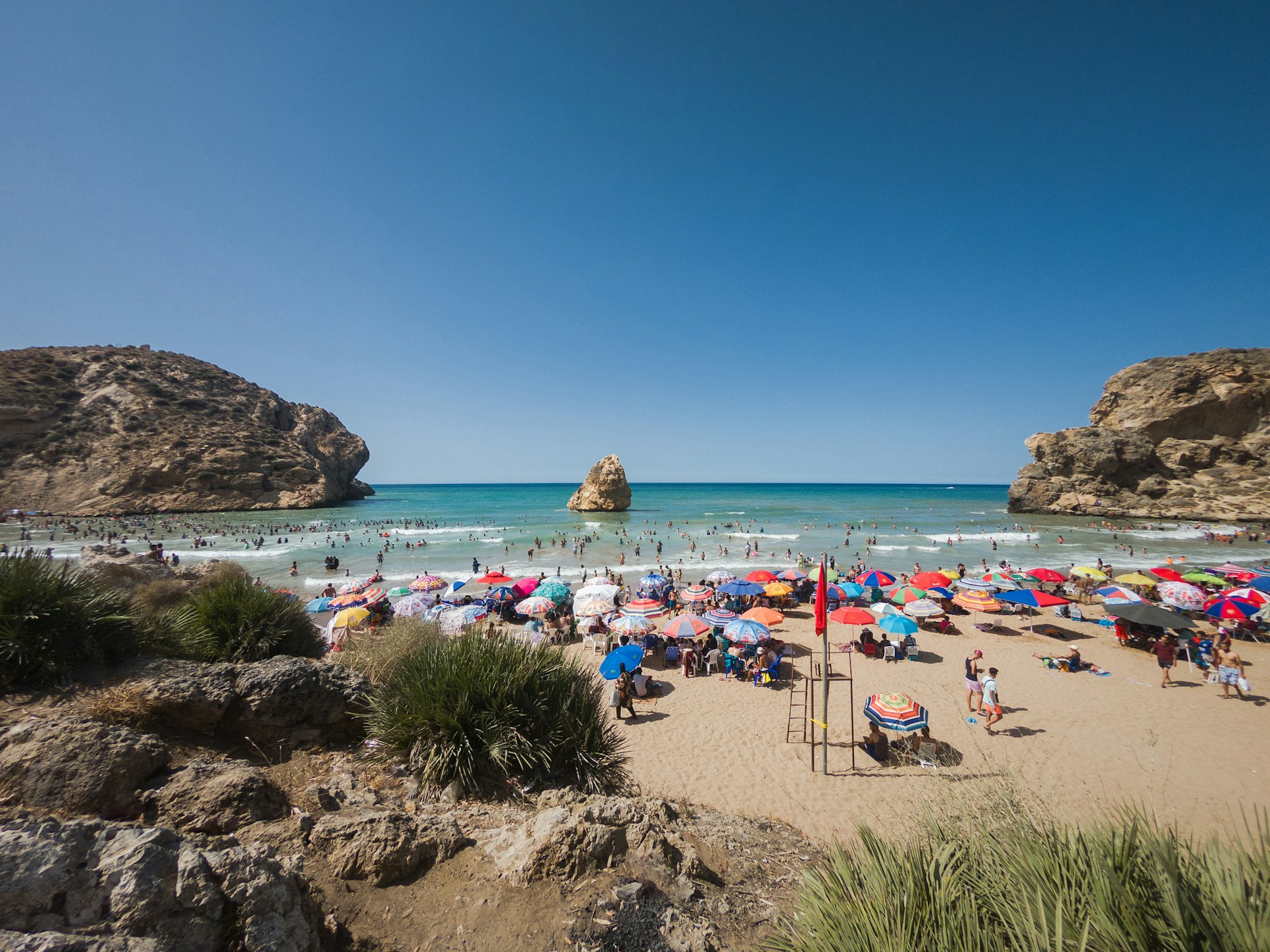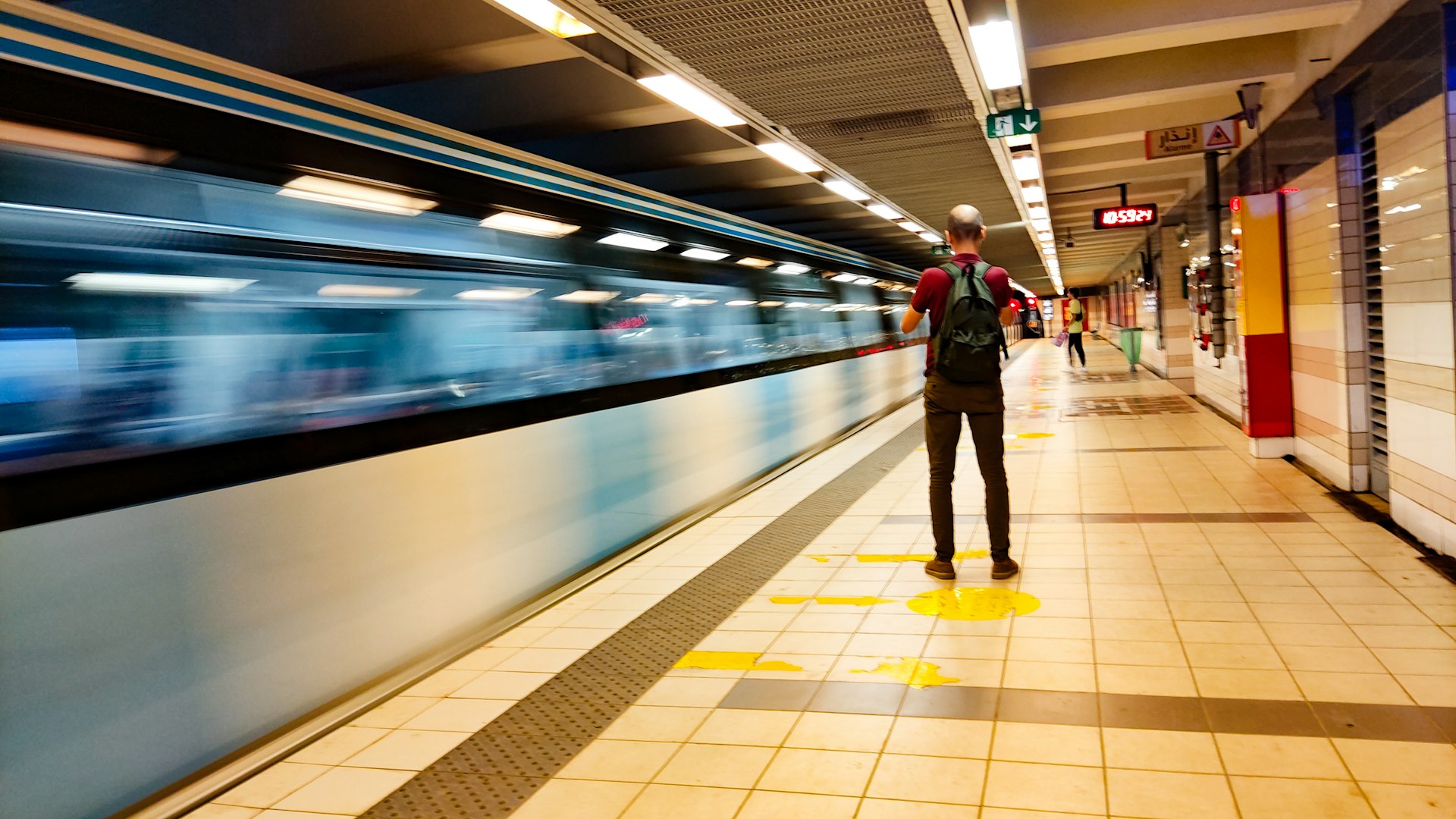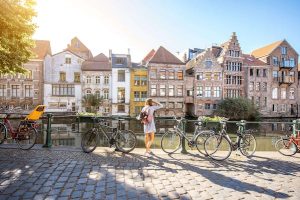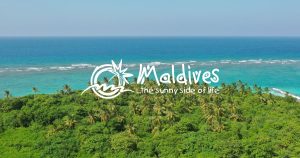
Algeria? Yes, Algeria. It may just be the best destination you never knew you wanted to visit. The largest country in Africa has its head in the Mediterranean and feet deep into the Sahara.
Algeria is home to spectacular landscapes and important Roman archaeological sites. It is so rich in beauty and natural resources that when the French occupied it in the 19th century, they made it a province of France, with the same status as Paris or Provence. Algeria used to make vast amounts of wine; prides itself on the brilliance of its cuisine, in particular couscous; and has a very lively music scene. So why haven’t we all visited?
Perhaps it’s the shadow of the Algerian Civil War (1992 – 2002), known as the Black Decade in Algeria; or maybe because Algeria is also rich in oil and gas, so it is not dependent on tourism. But as yet, mass tourism has bypassed Algeria, which is why it’s catching attention – as long as you have the patience to get through the visa application process.
Discover the world’s most intriguing experiences with our weekly newsletter delivered straight to your inbox.  In the summer locals head for coastal towns like Marsah Ben M’hidi © Samere Fahim Photography / Getty Images
In the summer locals head for coastal towns like Marsah Ben M’hidi © Samere Fahim Photography / Getty Images
When should I go to Algeria?
Spring and autumn are the ideal seasons to visit. Winters along the Mediterranean coast can be cold and wet, and desert nights are icy. It is also best to avoid summer, when temperatures in the Sahara can get into the 50°C (122°F), crowds of expat Algerians return for a holiday and the coast becomes crowded.
In spring and autumn, the weather is ideal for touring and hotel rates are lower than the summer peak. The only time you might want to avoid is Ramadan – finding food can be a problem and transport slows right down.
How long should I spend in Algeria?
How much time have you got? You could happily spend a week travelling across the north of the country, west from Algiers to Tipaza, Cherchell and Oran, and then east towards Constantine and Anaba. But Algeria is vast and to get into the desert takes time. You need two weeks to take in the north and pop to the desert. If you want to get deeper into the desert, you will need three weeks.
 Algiers’ Metro will get you around quickly with 14 stations across the city © Makrouf Walid / Getty Images
Algiers’ Metro will get you around quickly with 14 stations across the city © Makrouf Walid / Getty Images
Is it easy to get in and around Algeria?
Algiers is where most international flights arrive, although you can sometimes fly into Tamanrasset and the deep desert. You can also take a ferry from Italy, Spain or France. Once in Algeria, transport links across the country are good. Trains run across the north coast from Algiers to Oran, five hours to the west and to Annaba in the east, with sleeping cars on some routes.
You can fly the length and breadth of the country, but there is also an extensive bus network. There are also shared taxis (taxi brousse), faster than buses. To get to some key sites – Djemila, for instance – you may need to use a taxi.
Top things to do in Algiers
There are good reasons for treating Algiers as more than a transport hub because the white city has more than enough to surprise and enthrall. The old town casbah, sloping up the hill from the port, is full of atmosphere and a jumble of tumble-down houses, the odd palace and sacred shrines. At the foot of the slope, towards the sea, the Palais des Raïs, a restored royal palace, has been turned into a museum. Not far from here is Martyrs’ Square and the old Grand Mosque, closed to visitors but still worth a look.
From there, stroll to the colonial buildings of downtown, none grander than the Post Office. Then find some cool with an afternoon walk around the Jardin d’Essai, a botanical garden begun in the 1830s and one of the most positive reminders of French presence in the country. There are some lunch spots in the garden.
The best day trip out of Algiers is to Tipaza and Cherchell, both ancient sites on the sea. Tipaza has the more spectacular archaeological park – you can easily understand how people lived here – and a good fish restaurant overlooking the Roman baths. Cherchell is for romantics for this is where Mark Antony and Cleopatra’s daughter Selene ruled for a glorious moment after the Roman conquest of Egypt.
 The Roman ruins at Timgad – a Unesco World Heritage site without the crowds © Anton_Ivanov / Shutterstock
The Roman ruins at Timgad – a Unesco World Heritage site without the crowds © Anton_Ivanov / Shutterstock
Constantine in the west remains an elegant and imposing city, with a good casbah for strolling around, an impressive collection in the archaeological museum and a beautiful Ottoman-era Palace of Ahmed Bey which is a joy to walk around.
Before you get there, stop at Djemila, one of the most spectacular Roman sites anywhere around the Mediterranean. The town covers a hillside, was settled by veteran Roman legionnaires and then abandoned and not built over, so the town plan and many buildings are still standing. There’s a great collection of mosaics in the small on-site museum.
Further west at Annaba, less than 70 miles from the Tunisian border, the ruins of Hippo Regius are not to be missed. This was the home of St Augustine, the early Church Father, theologian and philosopher – and patron saint of brewers – who died here in 430AD, aged 75, just before the Vandals sacked and burned the city.
The south is all about the desert, which covers most of the country and leads on to Mali and Niger in the south. This is the land of Berbers and Touareg, of vast open spaces, desert mountains and oasis towns. Timimoun is the most accessible of the oases, a town of ochre buildings surrounded by the green of palms and the sweeping orange dunes of the Western Grand Erg. Timimoun is 750 miles south of Algiers, but if that isn’t far enough, continue south another 750 miles to Tamarasset. This is a great base to explore the desert and the Hoggar Mountains. But the big surprise is the range of fruit and vegetables grown here, in the middle of the world’s largest desert.
My favorite thing to do in Algeria
Algeria has some of the finest Roman monuments in North Africa and at many of them, you may be the only visitor. Standing at the place in Annaba where St Augustine preached while the Vandals besieged the city, or in Djamila, Tiddis or Timgad, where veteran legionaries were settled, or Cherchell where Cleopatra’s daughter imported the sophistication of ancient Alexandria… all these are a thrill – as is walking into a brasserie in Algiers for steak frites and a jug of red wine.
 Once you’re in Algeria you’ll find food and transport are not overly expensive © Godong / UIG / Getty Images)
Once you’re in Algeria you’ll find food and transport are not overly expensive © Godong / UIG / Getty Images)
How much money do I need for Algeria?
Algeria can be expensive to fly into, but once you are in the country, you can travel on a budget.
- Mid-range hotels in Algiers: £40 to £90 (for a double)
- Hostels: less than £40 per night
- Bus from Algiers to Annaba: £7
- Coffee: £1
- Sandwich: £2
- Dinner for 2: £10+
- Beer at a bar: £2
Speaking some Arabic or French will help
Arabic is Algeria’s main language, but because it was part of France, many people still speak French. Note: English-speakers can be hard to find.
Algeria is vast and it takes time to get across the country
Don’t try to see too much – unless you have plenty of time. It would take a full day to drive from Algiers down to Tamarasset in the deep south, assuming you didn’t hit any traffic. Traveling by bus is slower. So you need to factor in the distances when planning a visit.
 Don’t leave without eating couscous, one of Algeria’s national dishes © Getty Images / Foodcollection
Don’t leave without eating couscous, one of Algeria’s national dishes © Getty Images / Foodcollection
Do eat couscous, it is one of the national dishes
Algeria has benefitted from French influence on its cuisine – you are never far from a good baguette – but the national dish, couscous, owes nothing to foreign influence and has been eaten in Algeria since ancient times. Couscous is made by rolling balls of semolina grains with water and olive oil, and then steaming. Usually cooked with vegetables and a choice of protein – fish, beef, lamb or chicken – depending on where you are. It’s not to be missed!
Don’t assume the desert is always hot
The daytime temperature in Tamanrasset as I write, in summer, is around 40°C (104°F). In January, it can still be in the low 20s (68°F). But those January nights are cold, with temperatures down to 5°C (48°F).
Avoid the border areas, which remain unstable
Among Algeria’s neighbors, Libya, Mali, Mauritania and Niger are all currently in a state of chaos. Much of the border zones are open desert. It is best to avoid them: the British Foreign Office recommends staying at least 30 km from the borders.



